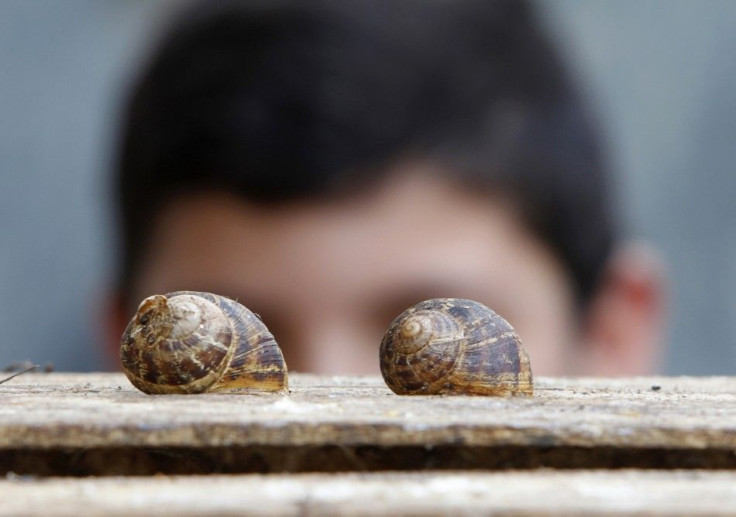Australian Archaeologist Dr Stephen Munro Discovers Earliest Human Engravings Discovered On 400,000-Year-Old Fossilised Shell

A 400,000-year-old fossilised shell from Java is said to have the earliest known engravings. The discovery is an example of the human ancestors creating patterns or engravings.
According to the Business Insider, the engravings resembled the oldest-known ones previously. It is said that the engraving could have been the work of Neanderthals or modern humans based on the early date as well as the location of the discovery.
Dr Stephen Munro from the School of Archaeology and Anthropology at The Australian National University said that the engravings rewrote human history. He added that it was the first time that evidence was found for Homo erectus behaving in this manner.
Munro wrote a thesis titled "Human Evolution and Associated Fossil Mollusc Remains," which talks about the molluscan remains that had been associated with early Homo sites. A brief description of the thesis on the ANU Web site reads that molluscs were often ignored while faunal remains at Homo sites were discussed. It mentioned that mollusc remains had potential to provide important information about human evolution like how the Homo erectus were far more soophisticated than believed earlier.
According to Munro, the large bivalve shells as well as the tools that were used to engrave it will change the way people think about early human species. It was uncertain if the pattern was meant to be a piece of art or for the purpose of something practical.
The fossilised shells had been collected over a 100 years ago by Eugene Dubois, the discoverer of H. erectus, in the late 19th century, but the engravings were recently discovered. On a visit to Netherlands, Munro studied the collection of shells but didn't notice the engravings until he observed the photographs he had captured on his return to ANU. He said that it was a moment of eureka and that he could immediately see that it was man-made engravings.
An international team, which worked to find out the exact date of the shell, found that the H. erectus opened the fossilised shells with the help of a shark's tooth at the exact pint where the muscle was attached. The team said that they used this method so that the valve of the shell open and the contents of it could be consumed.





















